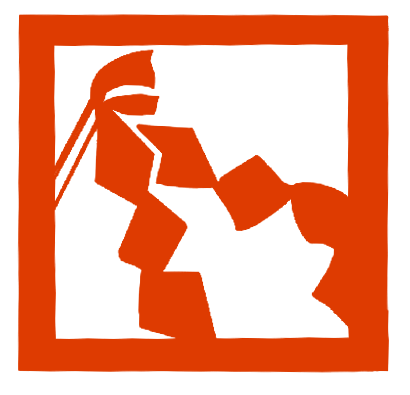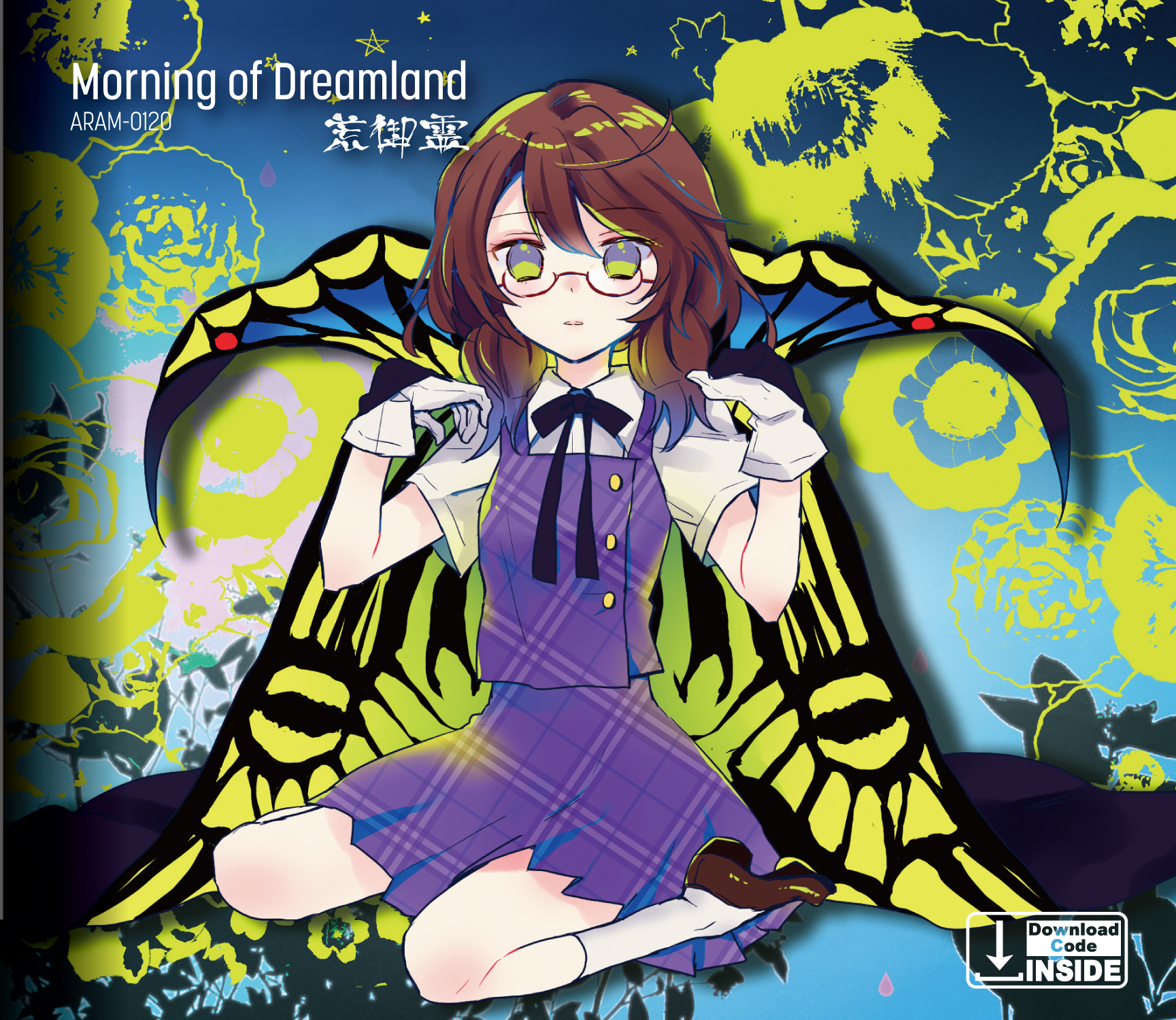

This is the first in a series of blog posts that documents my first tapeout - an analog mixed signal chip.
Due to the practice nature of this tapeout, the feature of our chip is, well, uninspiring. But to me, this is the starting point. So I think it's worth documenting: at least it ensures that the young alzheimer me will not forget all the minute details we worked so hard about.
To get the most important matters out of the way: By no means I take all the credit. This chip is the product of a one semester-long tight collaboration involving many people.
Our team has another three members: Hongzhe Jiang, Tony Philip Varghese and Qi Wang. My classmate Hongzhe is a major contributer to this tapeout, who aided us with his profound knowledge in analog design and his experience earned when making his first chip in the eFabless OpenMPW project. https://platform.efabless.com/projects/383
Of course, the most valuable knowledge comes from professor Peter Kinget and his TA staff: Ray Xu, Peter Barac and Armagan Dascurcu. We learned so much from them.
Rather unusually, we established a collaboration relationship with another project team of this course: Kevin Kam, Yichen Xu, Huy Cao, and Zixuan Huang. We exchanged a lot of thoughts and data, shared library (mutal-destruction ensured), and reused cells from each other.
The style of many of the upcoming illustrations and comments are done in the style of Mr. Tetsuji Oguchi - a famous Japanese chip designer behind the μPD7220 GDC display controller and many other popular consumer products.
For example, I'll record my contribution with the following chart.
| LSI Codename | Arch Spec |
Analog Sch |
Digital FE |
Analog Layout |
Digital BE |
Analog Sim |
Top-Layer Finalize |
System Eval |
|---|---|---|---|---|---|---|---|---|
| Doppelganger | 50% | 60% | 80% | 60% | 80% | 30% | 50% | 20%(PWM) |
(Go figure)
Due to the NDA and copyright restrictions, a lot of the actual data (transistor performance, screenshots, etc) can not be uploaded to this website. For more information (like the actual die-shots), please visit prof. Kinget's course website. Due to this very reason, all schematics in the series of blog posts were redrawn and had the sensitive information removed.
I'm currently learning CircuiTikz. As a consequence, you should expect to see a mixture of hand-drawn illustrations, JS Latex renditions, and diagrams drawn in open source vector drawing programs.
I'm sorry about the diary and ranting nature of the language used in those blog posts. let's get started.
This design project is sponsored by a industrial giant in the consumer product sector. Each of the teams get to use about 1mm² of area at 65nm standard CMOS technology node.
What should we build for this project? Following the advice given by our TA, an FMCW radar baseband seems to be a good choice. Having received *some* education in MMIC design, I intended to do the RF part as well, but it's certainly too much and too risky for us. Although the baseband portion of a radar doesn't contain any sweet RF magic, it's a healthy mixture of digital and analog circuits.
With that in mind, we came up with the following madness. (My intention was to build all of them (!) into one chip)
This is clearly way too much. Although I do believe it's achievable - at a cost of an arm and a leg that is. After a few days, we had reduced the scope to the following components:
By the way, in case you haven't noticed. Instead of trying to make anything stunning, ensuring success is THE top priority of this entire project. We did all we could to minimize risk, eventhough it usually means removing features or being highly conservative on the specs.
Less exciting, but much more achievable.
From a functionality perspective, we divided the chip into the following sections:
Unlike how it's usually done: being driven by interest but not any benefit (because I've already graduated), I will not write the articles in a very well defined sequence. Instead, I'll do them in an order of my personal preference.
Thanks for coming. And stay tuned for the upcoming contents!
First of all, "Doppelganger" some what sounds like "Doppler" as in "Doppler Effect". But that is not my intention at all.
The dictionary explanation of "Doppelgänger" is: A ghostly counterpart of a living person. This concept is recently popularized by a YouTube horror shorts channel: The Mandela Catalogue. In that lore, the doppelganger is described as a evil that looks identical to his victim. The evil kills and replaces the individual, and further spread the horror.
The evil entity described here has seen many art adaptations in recent years. My favorite one is in the Touhou Project franchise.
In a vibe similar to that of story of Alice in Wonderland, Sumereko Usami, a Japanese highschool girl depicted in the original work of Touhou Project, met the doppelganger of herself in the dream world known as Gensokyou. When she realized it, she has been trapped in the dream world, and her real life entity is being consumed and replaced by the dream world counter part.
RD-sounds has a very famous fanwork CD album 「夢」(Utsutsu) that pushes the story to a whole new level. Depending on how hard you tried to find the hidden message in the CD artwork, you, as a listener, can determine the fate of the protagonist.
At the time when this project was just launched, I was listening to 「Morning of Dreamland」, a techno fanwork albums on the same topic, made by another indie music circle: Aramitama. Techno, an art form as it is, originates from the radio and radar laboratories in the late 1940s. So it is indeed, in some sense, related to the FMCW radar work we're doing at that time.
 Cover art
Cover art
Okay okay, I hear you say, what does it have to do with the project itself? I wouldn't defend the childish nature of this arbitrary decision, but, hey, in our first proposal, we want to do the spectrum analysis using both the analog method (i.e. mixing), and the digital method (FFT). I thought the analog path is a doppelganger of the digital counterpart (because at the given specifications it is obviously evil). Hence the name.